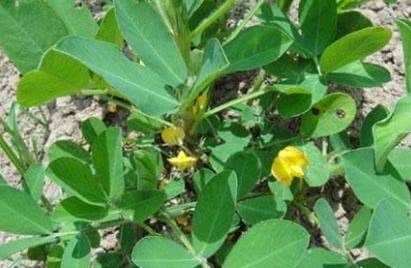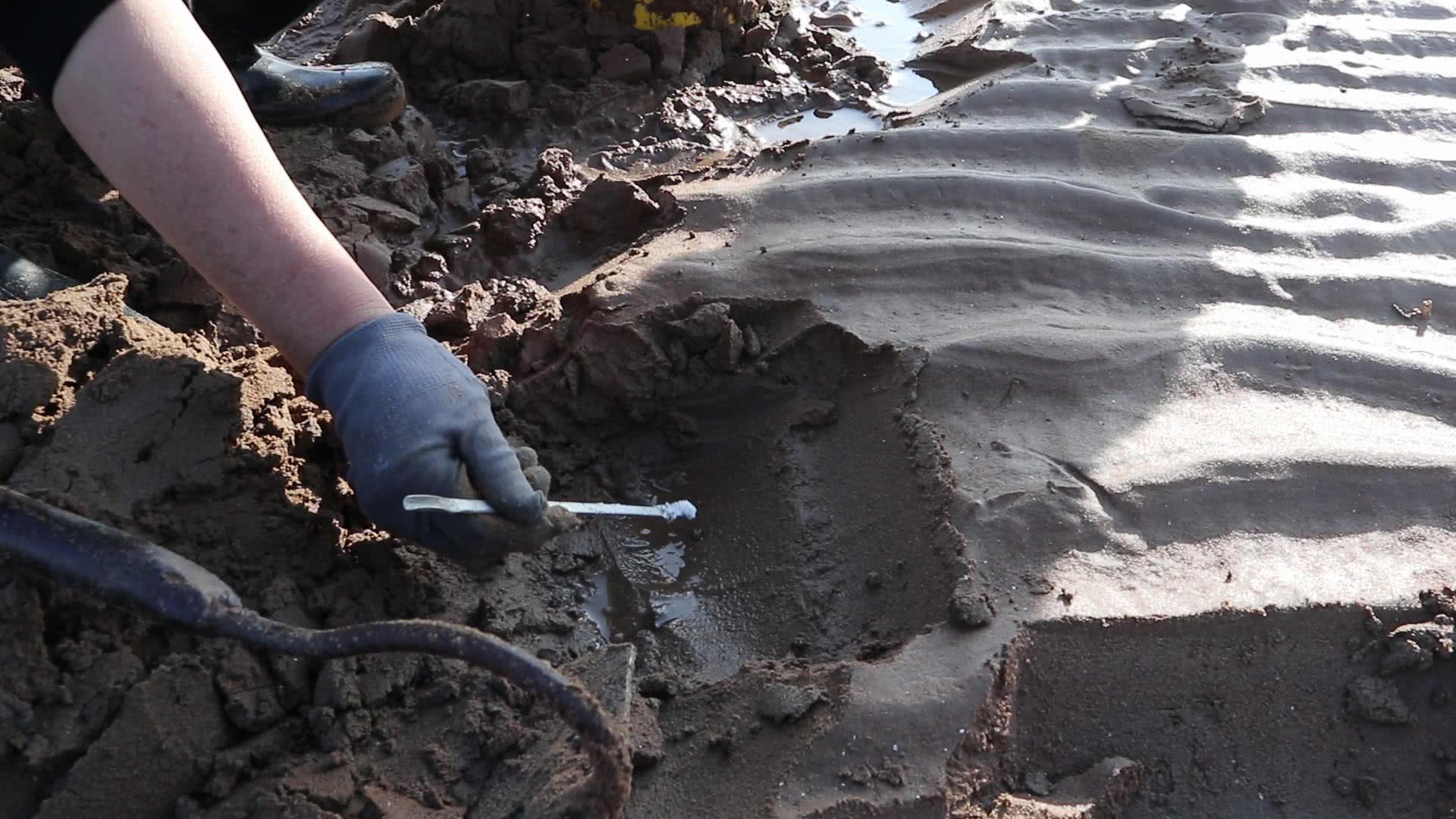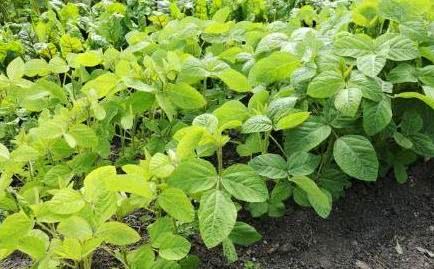Peanut bacterial wilt is a major cause of peanut yield reduction. Bacterial wilt is actually soil-borne disease.

Peanut bacterial wilt is a common disease in peanut planting. Once the disease occurs, peanut seedlings will die quickly, and the incidence rate is high, and the infected plants can reach 50%, which is a major factor in reducing peanut production. For the prevention and control of peanut bacterial wilt is particularly important, the following on the related situation of bacterial wilt to do an introduction.
Incidence characteristics of bacterial wilt
Bacterial wilt is a typical soil-borne disease, so it is very stubborn, and the incidence is annual. For example, once it occurs this year, bacterial wilt will continue to break out on a large scale next year, and it will show a trend of aggravation.
Let's talk about the plant performance of bacterial wilt. In the early stage of peanut bacterial wilt, when the weather temperature rises slightly, the top leaves of the plant will show wilting symptoms similar to dehydration. In the early stage of the disease, the wilting leaves can still return to normal opening at night, but in the later stage of the disease, this closed recovery will be difficult to reappear.
If you pull out the plant, you can find that there will be cyan squeeze and even bacterial pus on the root of the plant. The pathogen infects the plant from the root to the top, causing the peanut wilt to die, which is really as famous as the disease.
Transmission route of peanut bacterial wilt
Bacterial wilt as a soil-borne disease, its transmission is naturally inseparable from the soil, such as soil ploughing, leveling fields, Rain Water loss, and even the transplanting of peanut seedlings may lead to the spread of peanut bacterial wilt. For example, the direct spread of field straw into the field without maturity will also increase the incidence of disease.
Disease condition
Among them, the influence of tillage system on peanut bacterial wilt is very great, for example, the incidence of continuous cropping is much higher than that of cropping rotation, and the incidence of bacterial wilt is greatly reduced by flood and drought rotation. Of course, due to the resistance of varieties, the disease in farmland will also show significant differences, such as pearl peanut resistance will be generally better. The degree of disease in the field will also be much weaker. Bacterial wilt bacteria belong to aerobic bacteria, so they also show different incidence according to the difference of soil. For example, the incidence of clay is lower, while the incidence of sandy soil is higher. At the same time, if the field planting density is too high, the incidence will be on the high side.
Control of peanut bacterial wilt
According to our introduction above, we can also see that for the prevention and control of peanut bacterial wilt, the focus is on prevention rather than treatment!
First of all, focus on changing the farming system to avoid repeated cropping.
Second, increase the application of organic fertilizer, increase the content of organic matter in farmland, reduce the activity of bacterial wilt bacteria and reduce the incidence of farmland.
Third, the planting season farmland sprinkles some quicklime, changes the soil pH, breaks the soil inherent ecology.
Fourth, disease-resistant varieties of peanut were used.
Use of drugs for bacterial wilt
Peanut seedling needle stage and full flowering stage can consider the prevention and treatment, but we also mentioned earlier, this treatment, after all, the symptoms rather than the root cause, want an one-time cure dose is difficult to remove. However, this is also a way to reduce the loss, you can choose Qingkuling and chlorothalonil, 1000 times dilution. Three times spraying can greatly reduce the incidence of farmland.
- Prev

This kind of underground game is shaped like a piece of bamboo. Do you have to use salt water to catch it?
The sea has always been a place for human survival, people often say: "rely on the mountain to eat the mountain, rely on the sea to eat the sea." "it is precisely because of the rise of seafood that marine civilization has been created. Among the many seafood, there is a kind of game, which is hidden on the ground.
- Next

The excessive growth of soybean seedlings can not be controlled in time in order to avoid yield reduction.
In recent years, the number of soybean growers is gradually increasing, and the planting area of soybean is also increasing, but many farmers are not very familiar with the problems that may occur in the soybean planting process, so there will be more problems. Than.
Related
- Wuhan Hospital Iron Tree Blooming Result Was Instantly Frightened by the Gardener Master
- Which variety of camellia is the most fragrant and best? Which one do you like best?
- What is the small blue coat, the breeding methods and matters needing attention of the succulent plant
- Dormancy time and maintenance management of succulent plants during dormancy
- Minas succulent how to raise, Minas succulent plant pictures
- What are the varieties of winter succulent plants
- How to raise succulent plants in twelve rolls? let's take a look at some experience of breeding twelve rolls.
- Attention should be paid to water control for succulent plants during dormant period (winter and summer)
- Watering experience of twelve rolls of succulent plants
- Techniques for fertilizing succulent plants. An article will let you know how to fertilize succulent plants.

